Inductors, fundamental components in nearly all electronic circuits, function by storing energy in a magnetic field. The efficiency and performance of an inductor are profoundly influenced by the material used for its core. The core material determines properties such as inductance, saturation characteristics, frequency response, and core losses, making its selection a critical design consideration.
Why Core Materials Matter
An inductor's core material serves to concentrate the magnetic flux, thereby increasing its inductance compared to an air-core equivalent. Different materials offer unique magnetic properties that make them suitable for specific applications. Key parameters to consider when choosing a core material include:
-
Permeability (): A measure of how easily a material can support the formation of a magnetic field within itself. Higher permeability generally leads to higher inductance for a given number of turns.
-
Saturation Flux Density (): The maximum magnetic flux density a material can sustain before its ability to carry more flux significantly decreases. Operating above saturation leads to a drastic drop in inductance and increased distortion.
-
Core Losses: Energy dissipated as heat within the core, primarily due to hysteresis and eddy currents. Lower core losses are crucial for efficiency, especially at higher frequencies.
-
Frequency Response: How the material's properties (like permeability and losses) change with frequency.
Let's explore some of the most common inductor core materials:
1. Air Cores
While not a "material" in the traditional sense, air cores (or vacuum cores) serve as a baseline.
-
Characteristics: They have a permeability of 1, exhibit no magnetic saturation, and have virtually no core losses.
-
Applications: Ideal for high-frequency applications (RF circuits, antennas) where stability and linearity are paramount, and where the relatively low inductance per turn is acceptable. They are also used when minimal magnetic interference is desired.
-
Limitations: Very low inductance for a given size, making them impractical for low-frequency, high-inductance requirements.
2. Ferrites
Ferrites are ceramic compounds made from iron oxide mixed with other metallic elements (like nickel, zinc, manganese). They are distinguished by their high electrical resistivity, which significantly reduces eddy current losses.
-
Characteristics: High permeability (ranging from hundreds to tens of thousands), low eddy current losses due to high resistivity, and good high-frequency performance. Their saturation flux density is generally lower than iron alloys.
-
Types:
-
Manganese-Zinc (MnZn) Ferrites: Typically used for frequencies up to a few megahertz. They offer high permeability and are common in power applications (e.g., switch-mode power supplies, transformers).
-
Nickel-Zinc (NiZn) Ferrites: Suitable for higher frequencies, often extending into hundreds of megahertz or even gigahertz. They have lower permeability than MnZn ferrites but maintain their properties better at higher frequencies. Used in RF chokes, EMI filters.
-
-
Applications: Widely used in switching power supplies, EMI/RFI suppression, RF inductors, and transformers.
-
Limitations: Can saturate at lower DC currents compared to powdered iron or silicon steel.
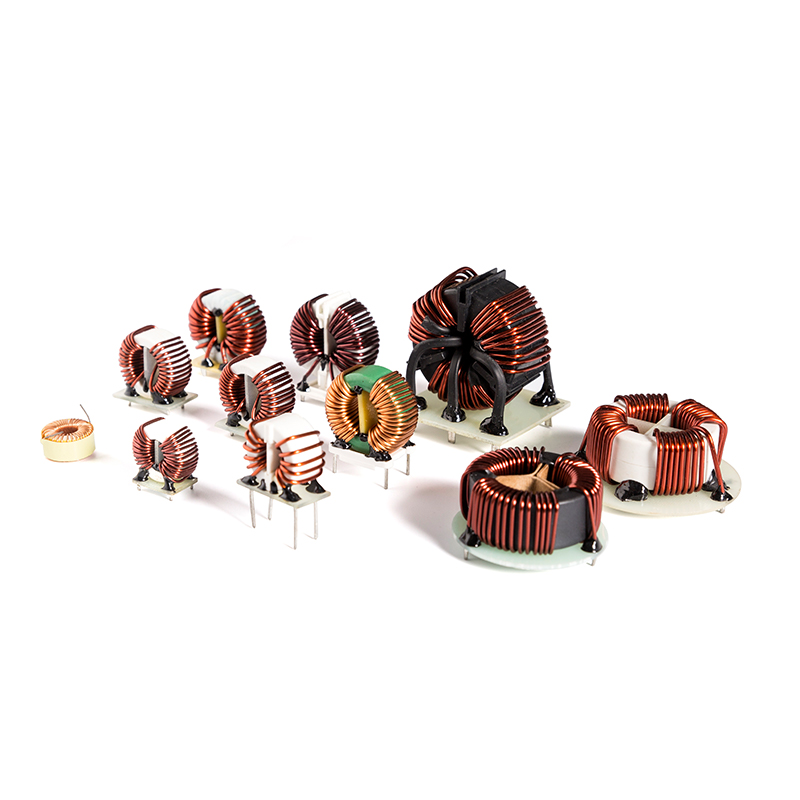
3. Powdered Iron
Powdered iron cores are made by compressing finely powdered iron particles, each insulated from its neighbors. This insulation dramatically reduces eddy currents.
-
Characteristics: Distributed air gap (due to insulation between particles) which provides a "soft" saturation characteristic (meaning inductance decreases gradually rather than abruptly), good temperature stability, and relatively low cost. Their permeability is lower than most ferrites (typically tens to hundreds).
-
Applications: Popular in power factor correction (PFC) chokes, buck/boost converters, and output filters in switch-mode power supplies due to their ability to handle significant DC bias without abrupt saturation. Also used in RF applications where a distributed air gap is beneficial.
-
Limitations: Higher core losses than ferrites at higher frequencies, generally not suitable for very high-frequency applications due to increasing AC losses.
4. Laminated Steel (Silicon Steel)
Laminated steel cores, specifically silicon steel, are composed of thin sheets (laminations) of steel alloyed with silicon, stacked together. The laminations are insulated from each other to minimize eddy current losses, which would be prohibitively high in a solid block of steel.
-
Characteristics: High saturation flux density, high permeability (thousands), and relatively low cost.
-
Applications: Predominantly used in low-frequency, high-power applications such as power transformers, large inductors in power supplies, and chokes for line-frequency filtering (50/60 Hz).
-
Limitations: High eddy current losses at higher frequencies due to the metallic nature, making them unsuitable for high-frequency applications. Bulky and heavy compared to ferrite or powdered iron cores for similar inductance values.
5. Amorphous and Nanocrystalline Alloys
These are newer classes of materials gaining traction due to their superior performance in certain areas.
-
Amorphous Alloys: Formed by rapidly cooling molten metal to prevent crystallization, resulting in a non-crystalline (glassy) structure.
-
Characteristics: Extremely low core losses, high permeability, and high saturation flux density.
-
Applications: High-frequency, high-efficiency power applications, especially where compact size and low losses are critical (e.g., high-frequency transformers, common-mode chokes).
-
-
Nanocrystalline Alloys: Created by controlled crystallization of amorphous alloys, resulting in a microstructure with extremely fine grains.
-
Characteristics: Even lower core losses than amorphous alloys, very high permeability, and high saturation flux density.
-
Applications: Premium high-frequency power applications, precision current transformers, and high-performance common-mode chokes.
-
-
Limitations: Generally more expensive than traditional materials.
Conclusion
The choice of an inductor core material is a nuanced engineering decision that balances electrical performance requirements (inductance, current handling, frequency, losses) with physical constraints (size, weight) and economic factors (cost). Understanding the unique properties and trade-offs of air, ferrite, powdered iron, laminated steel, and advanced amorphous/nanocrystalline cores is essential for optimizing inductor design for any given application. As electronics continue to evolve towards higher frequencies and greater efficiency, the development and refinement of inductor core materials remain a vibrant area of research and innovation.

 English
English 中文简体
中文简体 Deutsch
Deutsch 日本語
日本語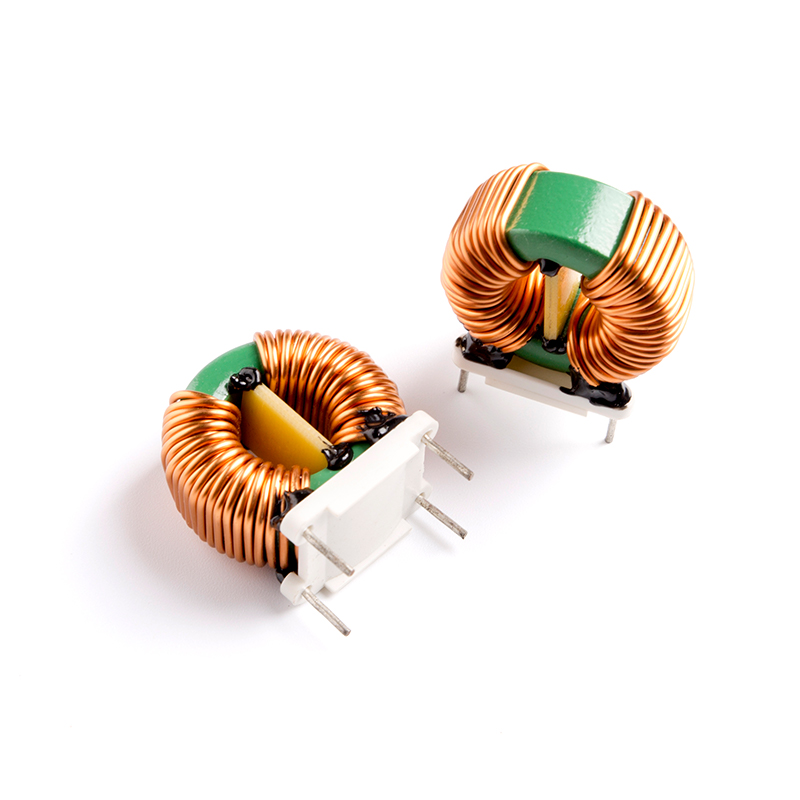
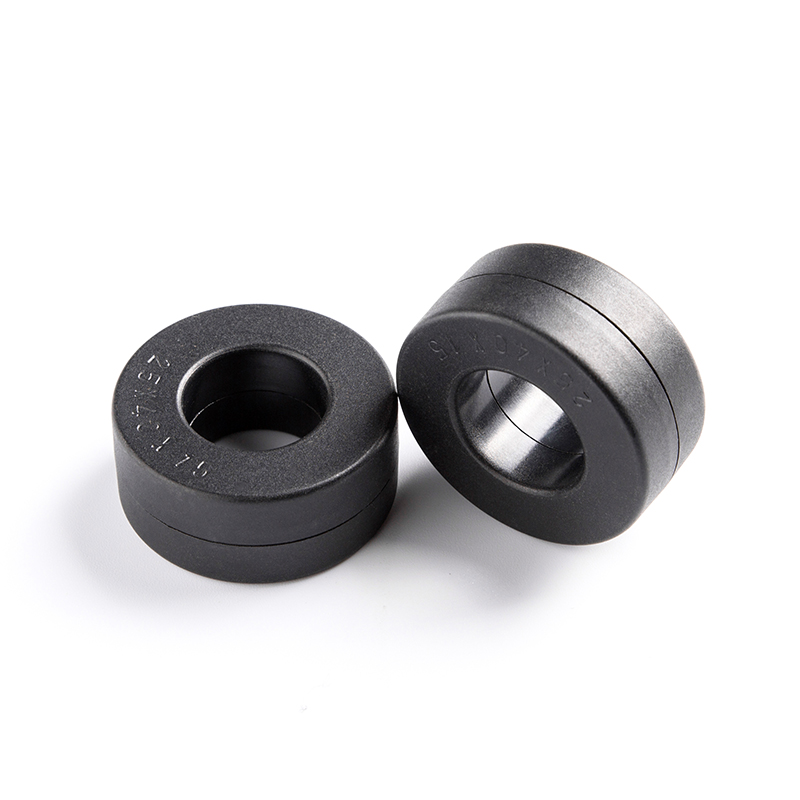
 View More >>
View More >>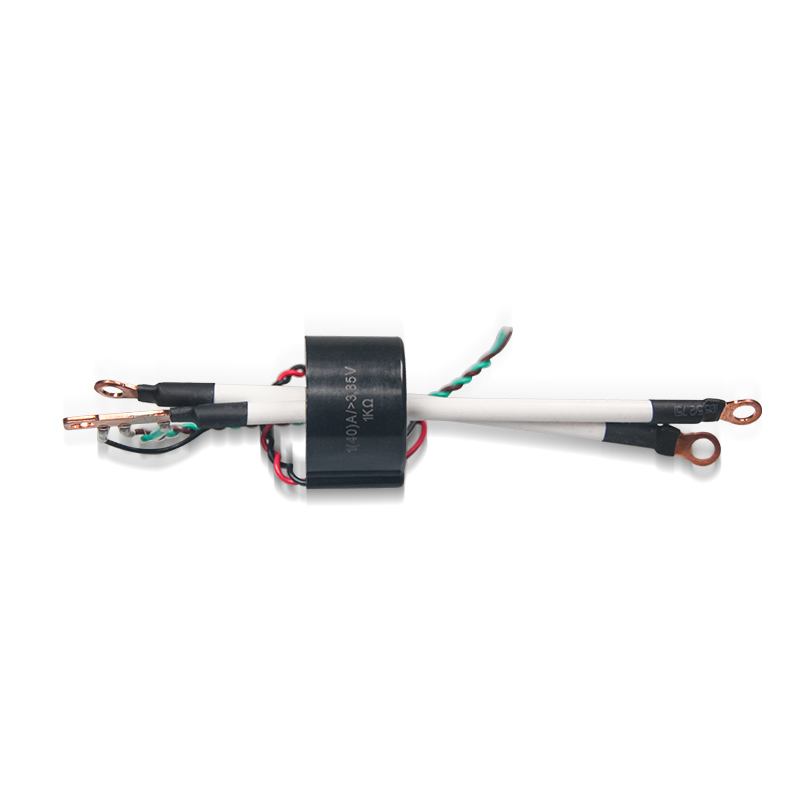 View More >>
View More >>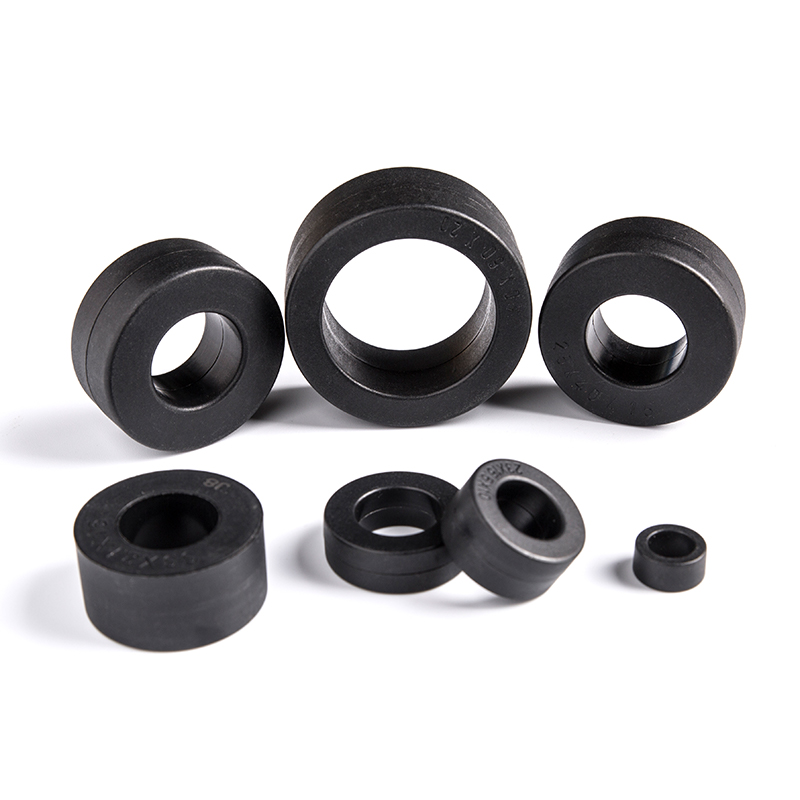 View More >>
View More >>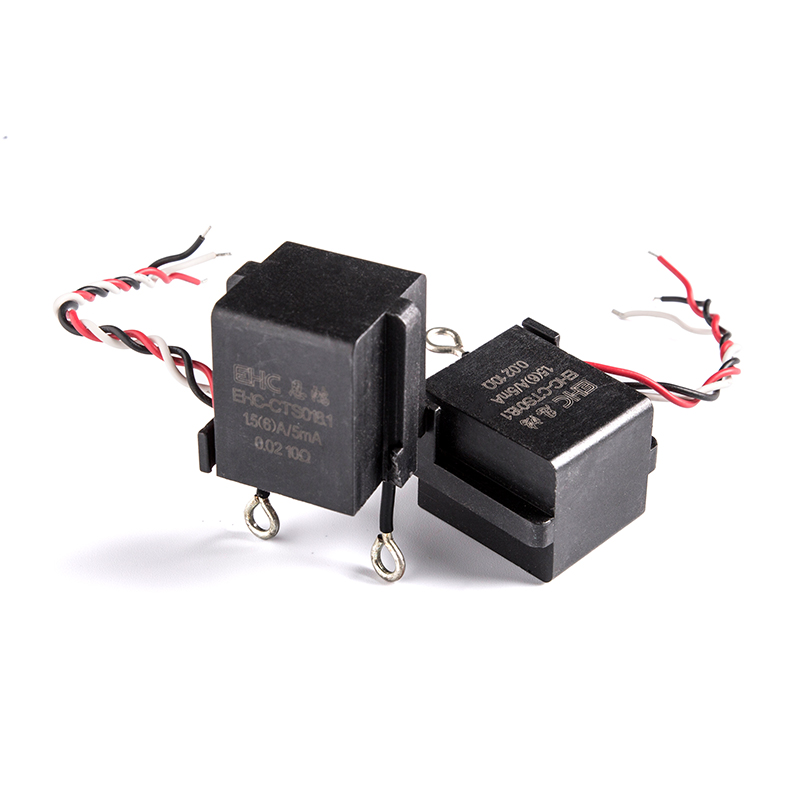 View More >>
View More >>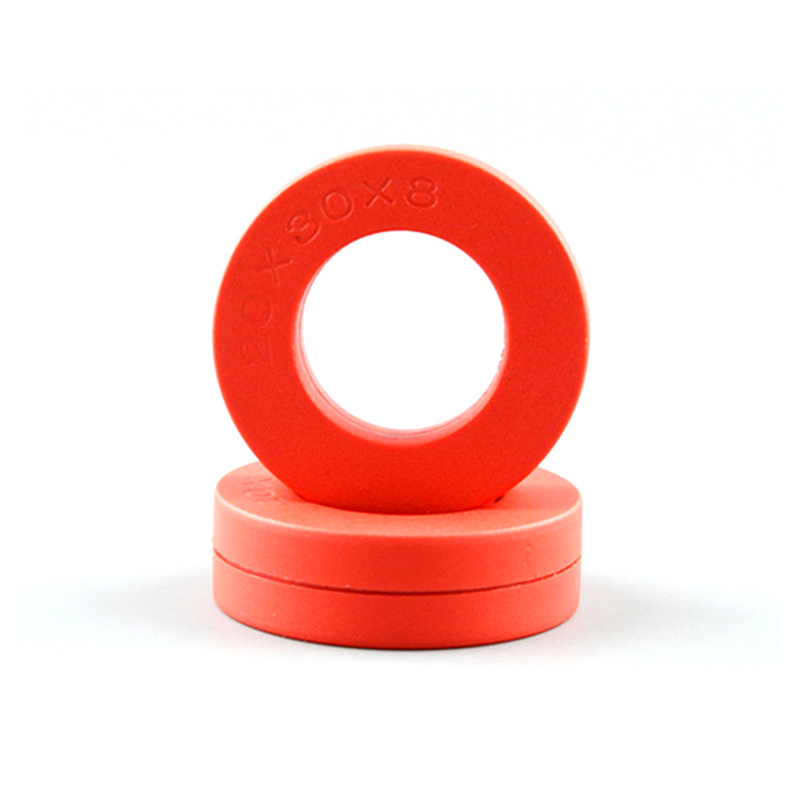 View More >>
View More >>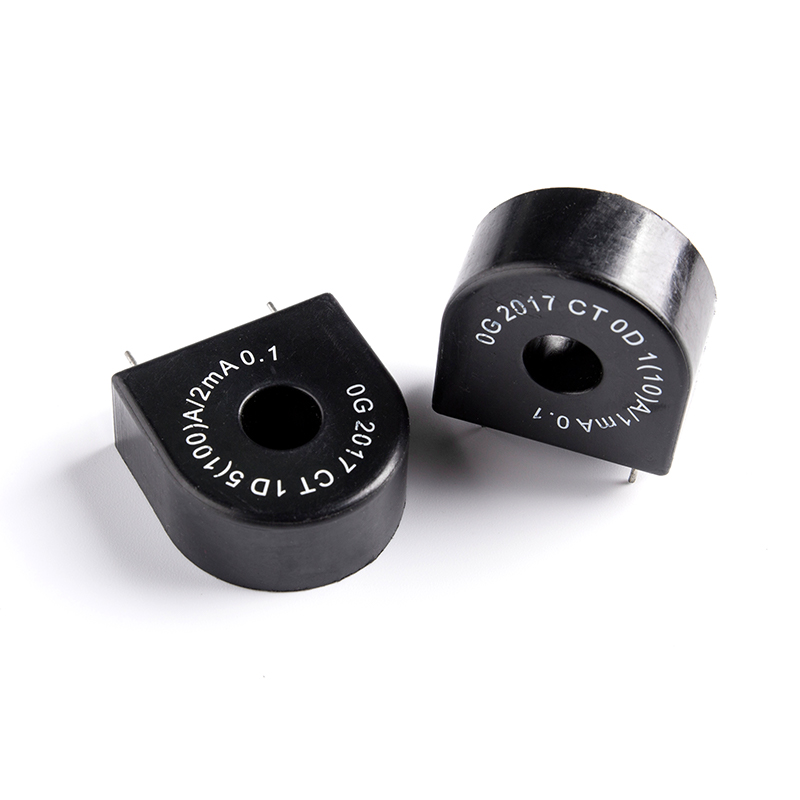 View More >>
View More >> View More >>
View More >>